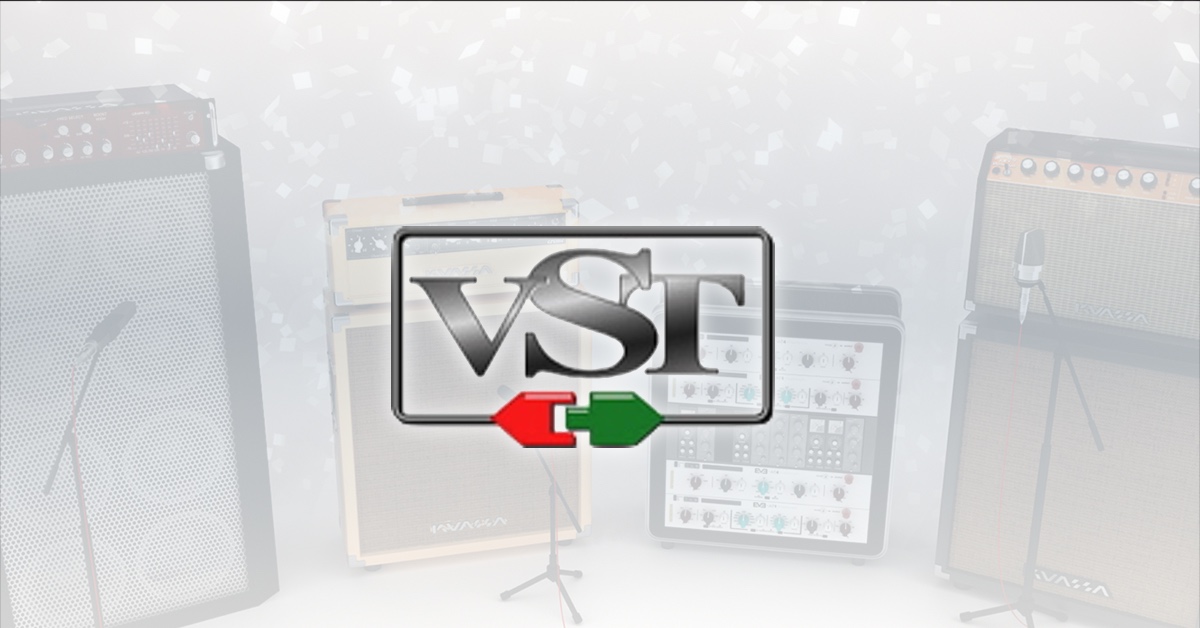What would happen if Steinberg didn’t invent VST (Virtual Studio Technology) back in 1996? Most of us would be still using costly hardwares, music production won’t become as accessible like now, and even Audio Units, AAX and Rack Extensions from other platform won’t be ever existed! VST is an interface for integrating audio and effects plugins for your Digital Audio Workstation. With the innovation from Steinberg now we can enjoy the magic of audio plugins. Just imagine if VST didn’t exist, we definitely need to invest in lots of hardwares just to get the right sound.
Digital Audio Workstations, an electronic device or (now, more popularly) a computer software created to aid humans in generating, composing, and produce music and audio as the centerpiece of the music industry before and then. Since the invention and continued development on those Digital Audio Workstations gets more and more widely accepted inside the computers in many (professional) studios or home, thanks to the continuous development in a more power, cost efficient processing power; VST Plugins are having more place in those are made to extend the capabilities of their Digital Audio Workstations to sound better, work easier, more polished, or even more technologically sophisticated in terms of production, you choose.
Short History
The history of VST began in 1996. At that time Steinberg just released Steinberg Cubase 3.02 that included the very of VST plugins, Espacial (a reverb), Choirus (a chorus effect), Stereo Echo, and Auto-Panner. Each and its type has a different role.
Types of VST
VST plugins divided based on three types:
- VST Instruments
Basically, VST instruments are the ones that can generate sounds on it’s own, either by using sample playback or algorithmic. Sample playback instruments is a pre-recorded sounds from drums, piano, and others which can be triggered as an instrument, while algorithmic is modeled after and synthetically computed using the PC’s processor. Each of them have different benefits and drawbacks on its own while comparing the best between the two kind of vst plugins can be debatable.
For example: Synthesizers, drum machines, drum synth, and other sample instruments like piano, brass, or stringed instruments.
- VST Effects
The purpose of this plugins is to manipulate audio signals, different with VST Instruments (VSTi). They don’t generate sounds by themselves, but rather transforming it into something desirable. EQs, guitar amp simulators, limiters, chorus, reverbs, distortion, and many more. At Kuassa, we already have several kind of VST plugins like this. For example: remove boxy frequencies from vocals, distorting clean guitar signals, maximizing a track’s perceived loudness, etc.
- VST MIDI Effects
It manipulates MIDI messages or notes (transposing or arpeggiating a chord for instance) and route the resulting MIDI datas to VST instruments. Really helpful for making practical adjustments to perfecting a sequenced MIDI performances.
VST support on Digital Audio Workstations
To run the VST plugins you need to run them inside a host or in another word, a Digital Audio Workstation software(s). There are at least six of the most popular Digital Audio Workstations supporting VSTs comes to our mind: Steinberg Cubase, FL Studio from Image-Line, Apple Logic Pro, Ableton Live, Cakewalk SONAR, and Cockos Reaper. As a fresh music making plugin/platform, Native Instruments Maschine also supports VST plugins made by other companies.
Since the 2000s. VST plugins format was the most popular format in Digital Audio Workstations running inside Windows PC aside Microsoft Windows’ exclusive DX plugin due to it support to both Windows and Mac OSX. Compared with other competing plugin formats like Audio Units which is Mac OSX exclusive, RTAS (succeeded by AAX) which is ProTools exclusive, and Rack Extension which is Reason exclusive.
Rack Extension, Another Plugins for Your DAW
VST has an impact for another kind of Digital Audio Workstation; Propellerhead Software. From their history, Reason 1.0 was released in the end of 2000. It has a unique design than its competitor. They designed to mimic an appearance of a studio rack and make it a bit more realistic into which users can insert virtual devices such as instruments, effects, and mixers.
But rather than adopting the already popular VST plugin format, Reason created its own audio plugins namely Rack Extensions and its exclusively only available on Reason platform. As we discussed on earlier article, Propellerhead was started off with a electronic music production software called ReBirth RB-338 before it evolved into a more complete music Digital Audio Workstation with Rack Extensions to extend their sound design capabilities.
About VST3
VST3 plugins are said to be lighter on CPU, and promised many improvements which is promising for many developers. The downside is, many of the host / digital audio workstations that we mentioned before doesn’t support VST3 (yet), and on the development side, many developers either big companies or small developers, are struggling to implement this technology. Despite the VST3 promising update, still the majority of VSTs that widely used and accepted is still VST version 2, both the host and plugin side. In the other side, we already supported VST3 since the release of Cerberus Bass Amp. And, as far as we know, the newer version of Steinberg Cubase, Nuendo, Presonus StudioOne, Cakewalk Sonar, and FL Studio are amongst digital audio workstations who supports VST3.
VST Hardware
Other than running within a host of a Digital Audio Workstation softwares, VST plugins can also run inside a hardware. The idea to free the VST plugins into a live situation is always interesting! Each of them have their own price tag, experience, and drawbacks. If yo are thinking of buying one of those, just try to google the review for each of the products to get some user perspective. Here’s the hardwares:
VST Plugins and it’s role for Kuassa
Steinberg made VST plugin technology as a free technology and open to use for any developer. This sparked many software developers around the world in many scale, from a big companies, to a single developer in their bedroom, to create audio plugins. Kuassa started of from AradazAmp-a free guitar amp simulator and mastering project in 2008, which developed by our own Chairman, Arie Ardiansyah. Back then, Aradaz Amp was only available on VST until now growing in number of products and supported platforms.
Two years after that, Arie, Grahadea and Adhit launched Kuassa Inc. and created their very first product, Amplifikation One. It’s a guitar amp simulator that support VST format. Kuassa has growing fast thanks to a warm welcome from the communities such as KVR Audio, GuitarAmpModeling, RecordingReview, ReasonTalk, and many more. Until now, we’ve already released a bunch of fx plugins, a virtual bass amps, and five virtual guitar amps.


